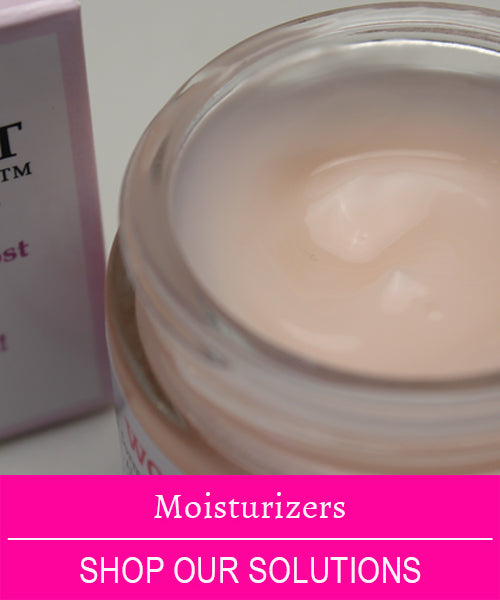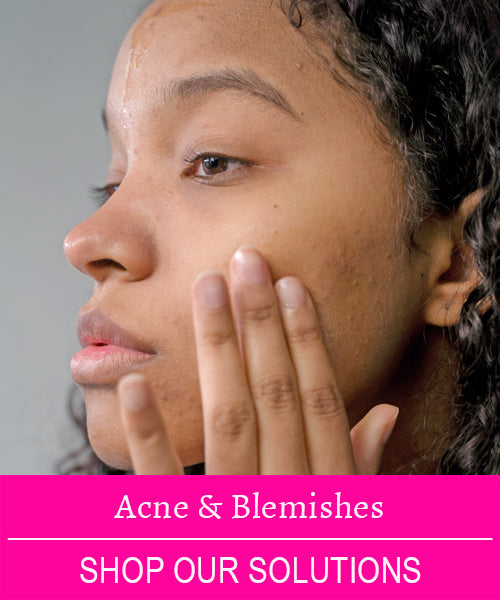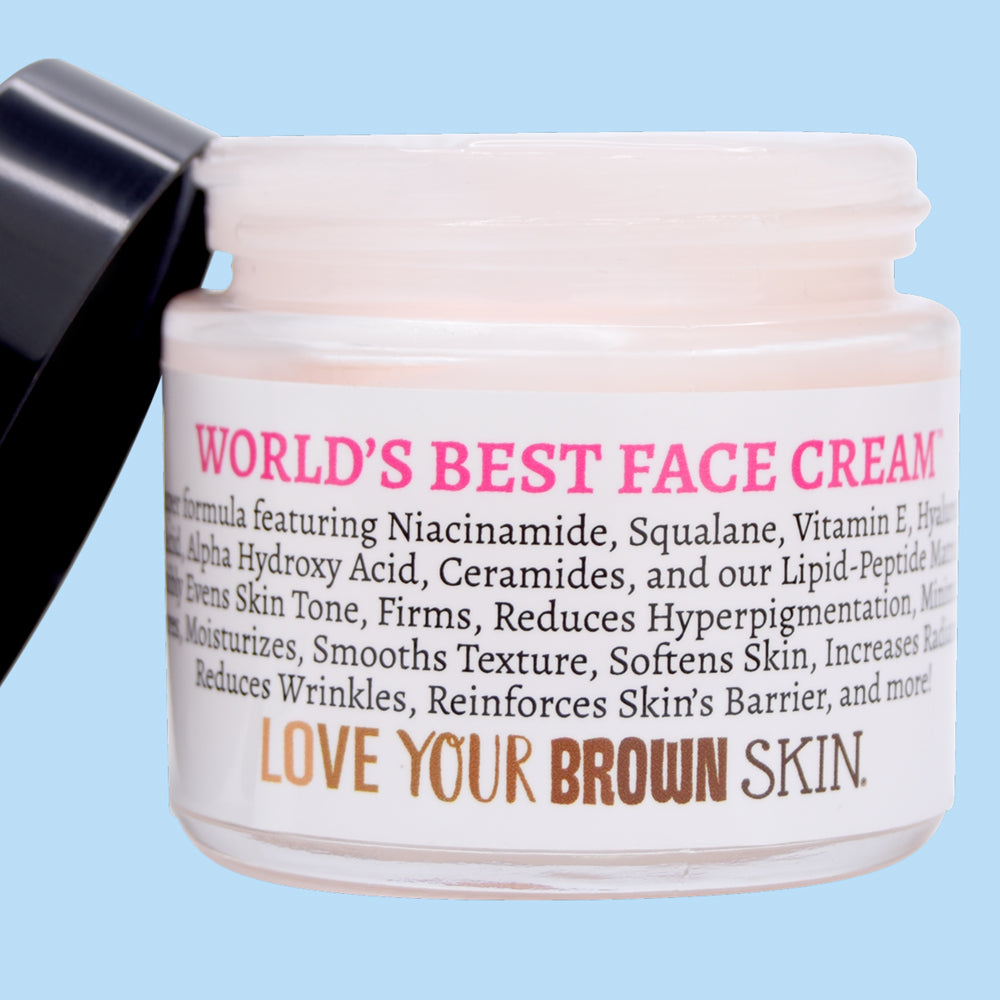The Ultimate 11-Step Guide to Diabetic Foot Care for Diabetics-of-Color: Protecting Your Feet and Preventing Complications
How to Safeguard Your Feet: Essential Diabetic Foot Care for People of Color
Diabetes can have a profound impact on various parts of your body, including your feet. Foot problems are common among people with diabetes. These problems can lead to serious complications if not properly managed.
Research suggests that individuals from certain racial and ethnic groups, such as people who are Black, Hispanic, American Indian, Alaska Native or Asian, have a higher prevalence of diabetes and an increased risk of complications.
However, by following a comprehensive foot care routine, diabetics can significantly reduce the risk of developing foot-related complications.
This authoritative guide provides an 11-step plan to help diabetics-of-color take care of their feet effectively.
Diabetic Foot Care for People of Color
Step 1: Understand the Importance of Diabetic Foot Care
Foot problems are prevalent in people with diabetes for a number of reasons including: poor blood circulation, nerve damage (neuropathy), and a compromised immune system. Recognizing the significance of foot care is crucial to prevent complications such as foot ulcers, infections, and even amputations.
- - - - - - - - - - - - - - - - - - - - - - - - - - - - - - - -
HELPFUL RESOURCES
- - - - - - - - - - - - - - - - - - - - - - - - - - - - - - - -
According to the American Diabetes Association (ADA), racial and ethnic minorities are disproportionately affected by diabetes-related lower extremity amputations. Blacks with diabetes, for instance, have a higher risk of major lower extremity amputations compared to non-Hispanic whites with the condition.
Research published in Diabetes Care states that Blacks and Hispanics with diabetes have a significantly higher prevalence of peripheral neuropathy compared to non-Hispanic whites with diabetes.
Step 2: Work Closely with a Healthcare Team
Develop a partnership with a healthcare team that specializes in diabetes care. Your team should include your primary care physician, endocrinologist, and podiatrist. Regularly schedule check-ups to monitor your foot health, assess sensation and circulation. Address any concerns immediately.
podiatrist. Regularly schedule check-ups to monitor your foot health, assess sensation and circulation. Address any concerns immediately.
Step 3: Practice Daily Foot Inspection
Thoroughly examine your feet daily for any cuts, blisters, redness, swelling, or abnormalities. Use a mirror or ask a family member for assistance in areas that are difficult to see. Identifying potential issues early allows for prompt intervention and prevents the progression of complications.
People with darker skin tones may experience changes in skin color and pigmentation, making it more challenging to identify early signs of foot problems.
When examining your feet, pay attention to subtle changes in skin texture, temperature, and sensation.
A study published in the Journal of the American Academy of Dermatology found that skin examination for foot ulcers and infections is more challenging in individuals with darker skin tones due to increased pigmentation.
Step 4: Wash and Dry Your Feet Properly
Wash your feet daily with warm water and mild soap. Avoid soaking your feet, as it can dry out your skin. Gently pat your feet dry, paying special attention to the spaces between your toes.
Step 5: Moisturize Your Feet
After washing and drying your feet, it is crucial to moisturize them. Exclude the area between your toes to prevent dryness, cracking, and excessive moisture buildup that can lead to fungal infections.
- - - - - - - - - - - - - - - - - - - - - - - - - - - - - - - -
HELPFUL RESOURCES
- Do YOU Have an ACNE Problem?
- Become an AFFILIATE for Beauty Of The Nile and MAKE $$$ while you Spread the Word
- - - - - - - - - - - - - - - - - - - - - - - - - - - - - - - -
Moisturizing your feet provides these benefits:
- Prevents Dryness and Cracking: Proper moisturization helps maintain the skin's natural moisture barrier, preventing excessive dryness and cracking. Cracks in your skin can provide an entry point for bacteria, leading to infections and foot ulcers.
- Enhances Skin Elasticity: Moisturizers with emollient properties help improve your skin’s elasticity, reducing the likelihood of skin breakdown and the development of wounds or sores.
- Relieves Discomfort: Dry skin can cause itching and discomfort. Moisturizing regularly can alleviate this and improve overall foot comfort.
- Promotes Healing: If a wound or ulcer does occur, moisturized skin tends to heal faster. Hydrated skin enhances the body's natural healing process and prevents infections.
- Choose the Right Moisturizer: Look for products that are fragrance-free, and capable of addressing the unique needs of diabetic skin. We suggest you check out Beauty Of The Nile’s Best Cracked & Dry Heel Foot Cream™ which was developed for the unique skin care needs of skin-of-color and has been called “Magic in a Jar!” and “Amazing!” We think you will love it.
Step 6: Trim Your Toenails Safely
Trimming your toenails properly is essential to diabetic foot care. Cut your nails straight across and avoid cutting them too short. Use a nail file to smooth the edges. If you have difficulty reaching your feet or if your nails are thick or brittle, seek professional assistance from a podiatrist.
Step 7: Wear Appropriate Footwear
Selecting proper footwear is vital to prevent diabetic foot complications. Choose shoes that provide adequate support, cushioning, and protection for your feet. Look for shoes with a wide toe box, breathable material, and cushioned soles. Avoid high heels, tight shoes, and sandals that leave the feet exposed.
Step 8: Protect Your Feet
Avoid walking barefoot, even indoors, to minimize the risk of injuries. Wear clean, dry socks made of natural fibers that allow for moisture absorption. Ensure your shoes and socks fit properly to avoid friction. Use cushioned insoles or orthotic inserts if recommended by your podiatrist.
- - - - - - - - - - - - - - - - - - - - - - -
Click the Red Button to Join the Love Your Brown Skin® Movement
- - - - - - - - - - - - - - - - - - - - - - -
Step 9: Maintain Good Blood Sugar Control
Achieving and maintaining good blood sugar control is fundamental to diabetic foot care. Consistently monitor your blood glucose levels, follow a balanced diet, engage in regular physical activity, and take medications as prescribed. Stable blood sugar levels promote overall health and reduce the risk of foot complications.
Step 10: Stay Active to Promote Circulation
Engage in regular physical activity to promote healthy blood circulation. Walking, swimming, or low-impact exercises can enhance blood flow to your feet. Avoid prolonged periods of sitting or standing. If necessary, consult your healthcare team for a personalized exercise plan.
Step 11: Seek Immediate Medical Attention
If you notice any signs of infection, such as persistent redness, swelling, warmth, or drainage from a wound, seek immediate medical attention.
The Bottom-Line: Diabetic Foot Care for People of Color is No Joke
Diabetic foot care is essential for individuals with diabetes to prevent complications and maintain overall foot health. Diabetics-of-color may face additional challenges, including a higher risk of foot complications.
Recognizing these unique challenges and tailoring foot care practices accordingly can help diabetics-of-color protect their feet and reduce the risk of potential complications.
Remember to always consult with your healthcare professional for personalized advice and guidance.

Please note – for the purpose of Skin Care: We use Black skin, Brown skin, and skin-of-color interchangeably when discussing people-of-color. When we use the term people-of-color, we intend to mean those whose skin tone is not White and who are Black, Hispanic, Asian, Native American, Mediterranean, Pacific Islander, or of Middle Eastern descent.



















